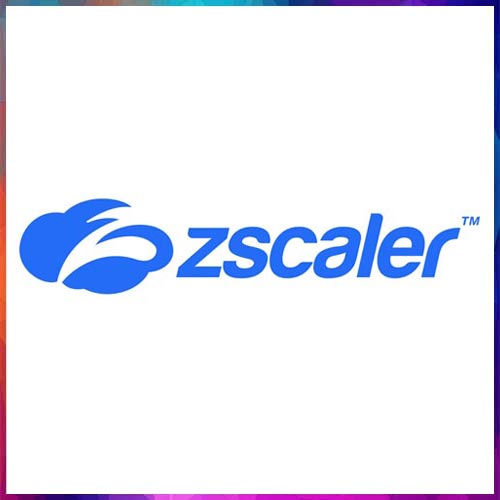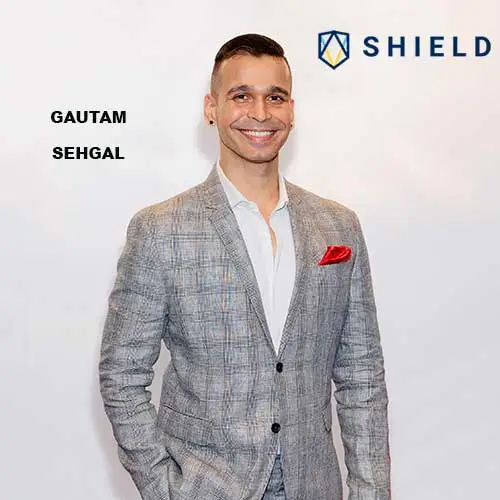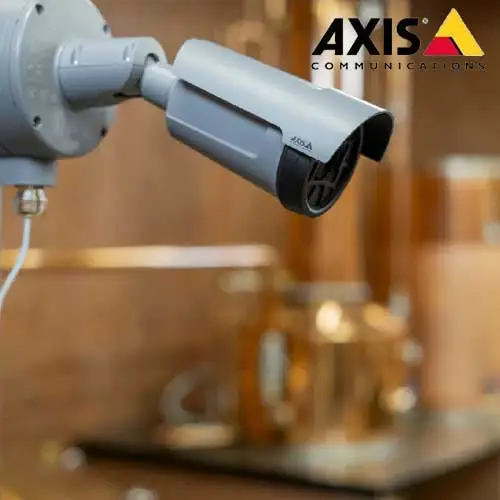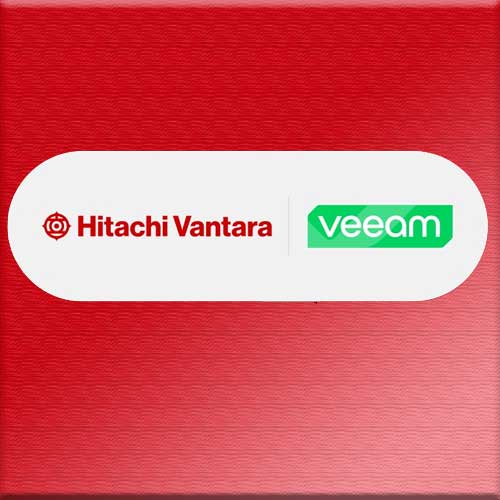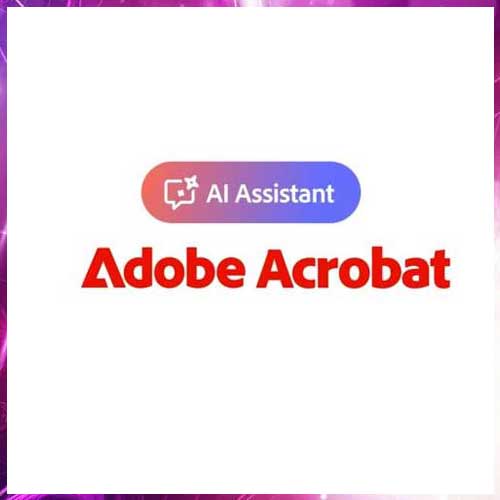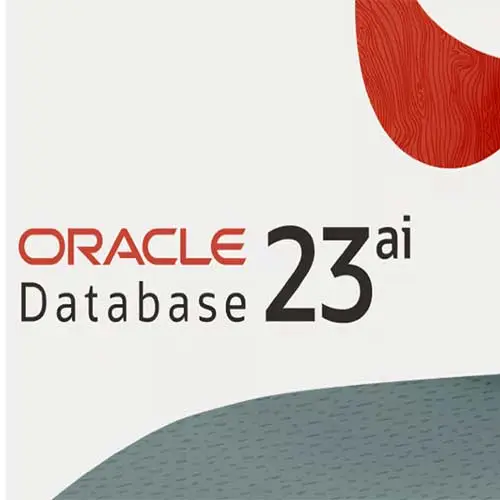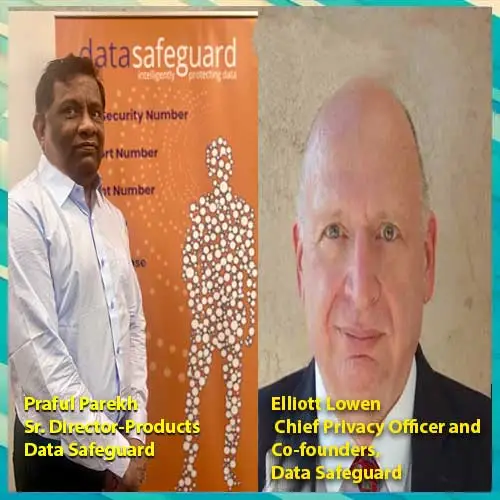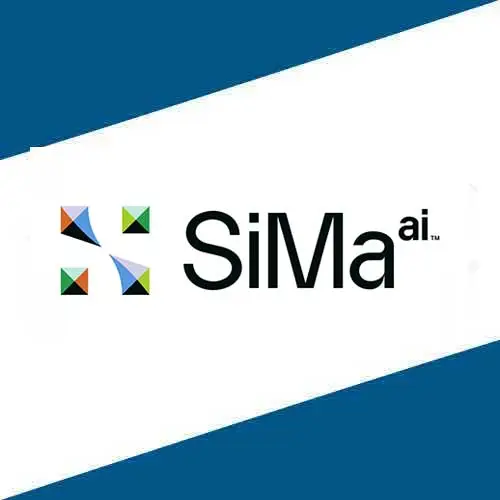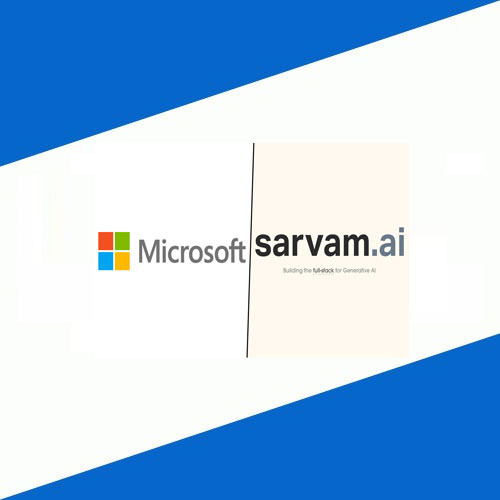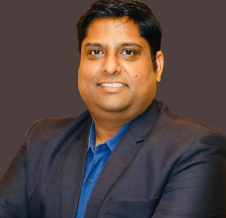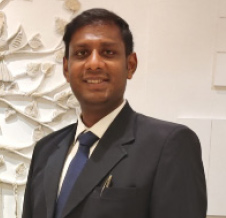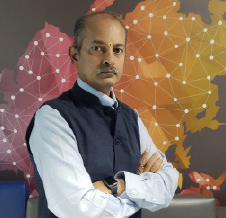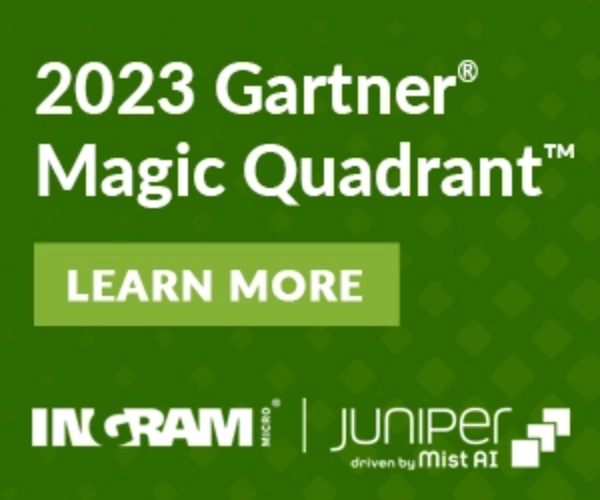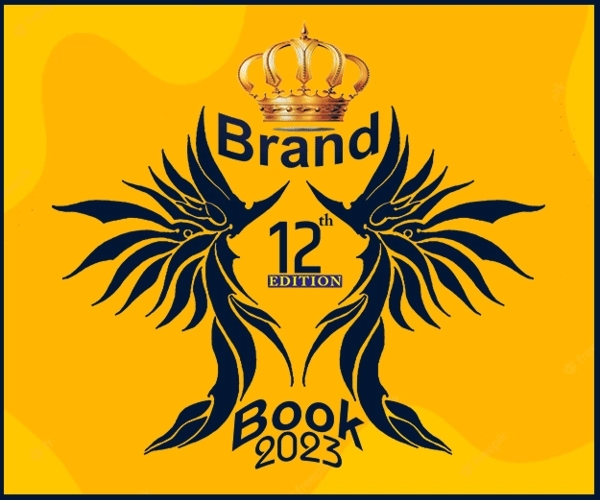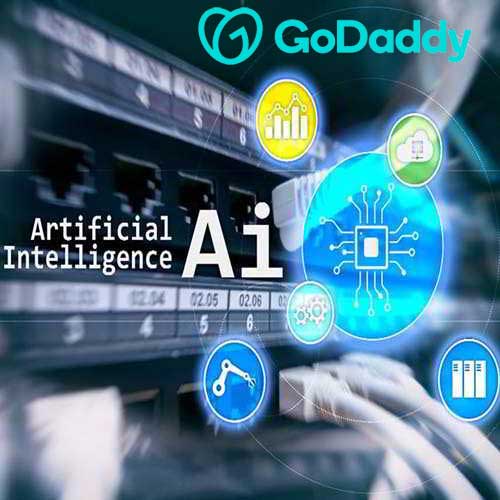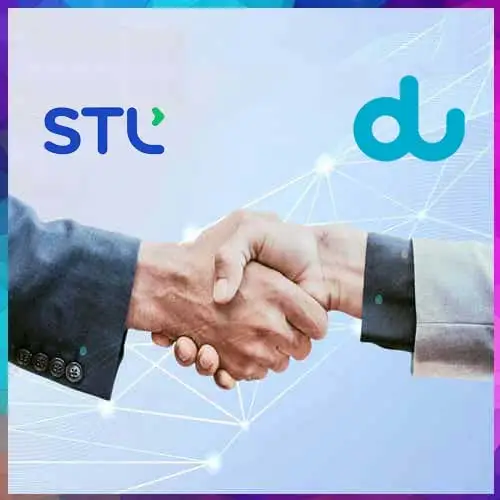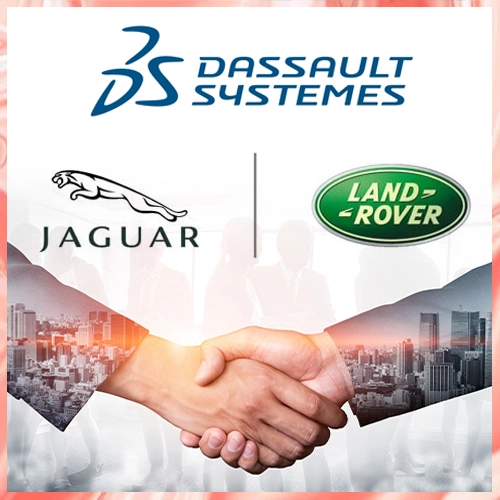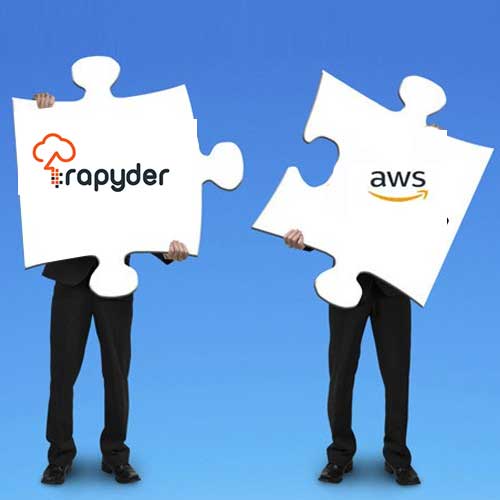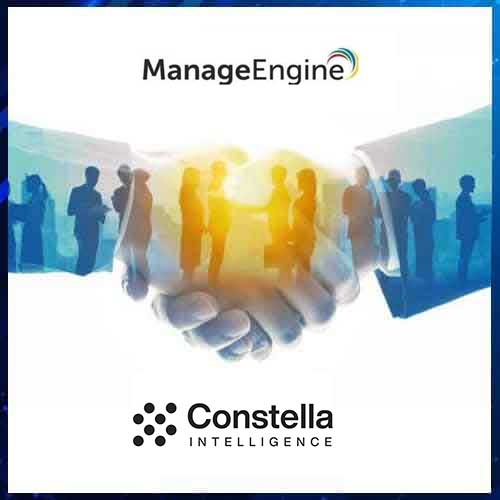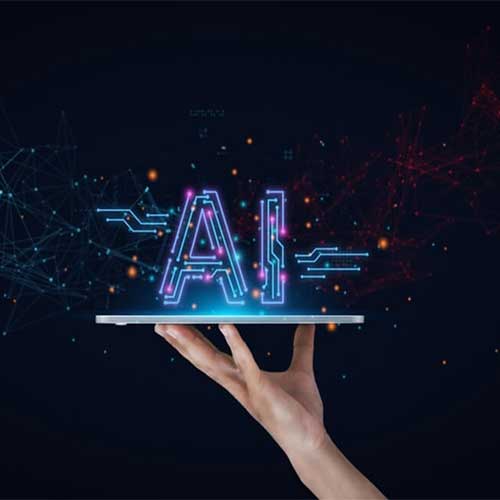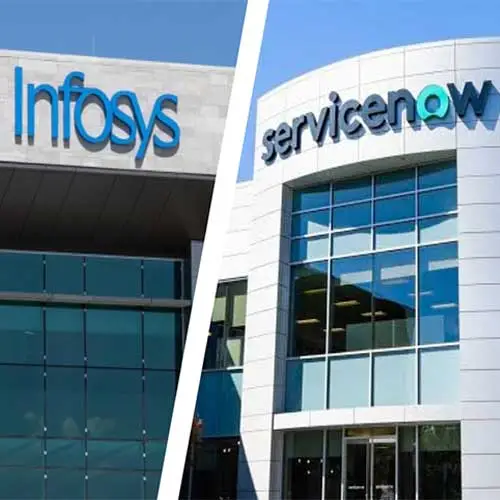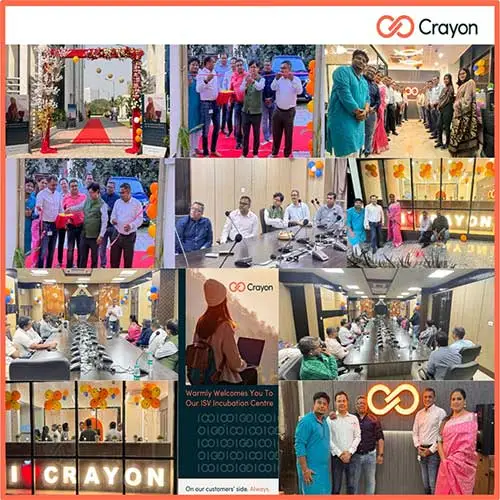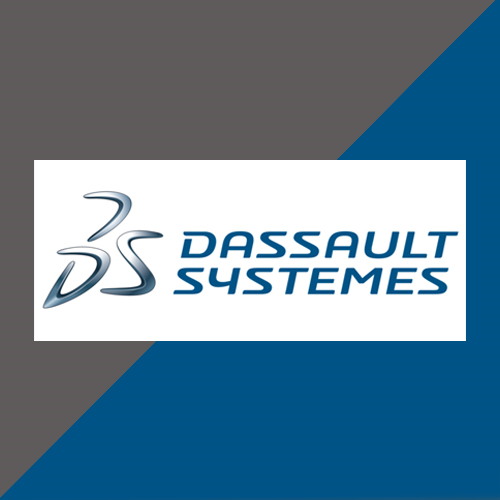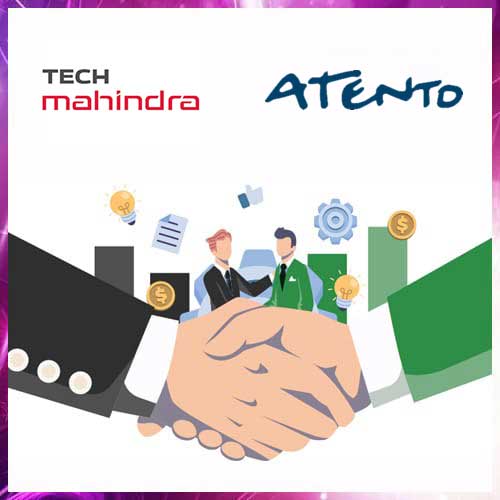A walk into the clouds of "IT" evolution: a way beyond BIG DATA & CLOUD
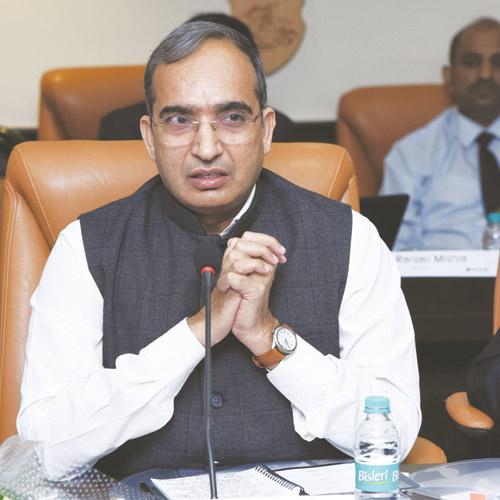
VIPIN TYAGI
Executive Director, C-DOT
Cloud architecture has evolved to emerge the most topical IT paradigm in the recent times. Cloud is rapidly transforming the IT landscape. The cloud has several unique architectures and many more are still evolving. The primary ones are the SaaS, PaaS and the IaaS that can be deployed on private, public, community and hybrid clouds. In a chat with VAR India, Vipin Tyagi shared his views on Cloud Architecture.
Vipin Tyagi, a name associated with innovation is also an industry veteran from Information Technology and Telecommunication Industry, Executive Director at C-DOT, Tyagi has over rich three decades of versatile hands-on experience in R&D, convergent networks; and development of HR and quality systems. He has a deep understanding of Telecom/ Datacom and Convergent Networking and wireless technologies. In other words, Tyagi can be described as Entrepreneur with new business ideas.
While speaking on IT Evolution Vipin said, “As we all know that traditional business model were rigid, siloed management, labour intensive, the computer and storage were in focus and then we moved to Cloud because of virtualization where the service is anytime and anywhere, no problems with the network etc. and then load sharing and sharing of resources were possible, large scale hardware and software can be put wherever you want, consequently Big Data came in. We still have siloed management but what happened is that we had difficulty in admission control which causes security issues. Consequently, we came to a situation where we had a multi-cloud architecture and then now what I am proposing is that we should go for cognitive self-aware application. Multi-cloud management is an integral part of the basic functions of building block – the security, privacy and transparency. We are doing it because of cost, availability, scalability, manageability, energy consumption and load fluctuation, complexity of managing the whole thing, latency and quality of service.”
5G- its pros & cons
Even though everyone is speaking about 5G, that is coming up next, but then, no one really speaks about the situation IT architecture will face on 5G arrival.
“5G is Denser with 10 M bits per sec/m3 and 10 M devices/square KM. It is quicker in response, as quick as 1ms including delay of transmission. Also the data consumption is bigger as much as 20 Gbits and user experience could be around 100 Mbits, moving at the speed of 500 kms/minute. More diversity- As slicing of networks for more different applications and Greener as 100 times less power consumptions,” are the five Goals set out, according to Vipin.
Speaking further on the goals met on Cloud Architecture he says, “5G is dense, as it comes from various aggregated devices; it is not possible to handle 5G. IT might be able to handle bigger data consumption as applications like YouTube are running, so it is possible that it may handle bigger data consumption, by upgradation. The work on proper architecture is on at the moment.
More diversity is a possibility. Also, with the current kind of web practices, 100 times less power consumptions (Greener) is not possible too”.
According to Vipin, today’s Cloud Architecture is based on Distributed Databases.
He believes, “Three things are very important: Constituency, Availability and Partition Tolerance, in other words it is called CAP. The theorem is also known as Brewer’s Theorem. A distributed database can guarantee only two out of three characteristics.
Most of the CIOs believe that it is difficult to overcome the microservices environment. Data storage is becoming tough for them and so finding database has become difficult. For modern applications, one needs to choose a database that can overcome the challenges of microservices in order to fully unleash the benefit of today’s agile development technologies.
“Strategies need to be adopted. Engineers need to overcome the theoretical limit by engineering solutions,” said Vipin.
Moving further on Cloud Architecture, he pointed out a few points that what constitutes today’s Cloud Architecture.
Evolution of Cloud computing to multi-cloud
The layers of rigid infrastructure, conventional computing, Cloud computing and multi-cloud are available.
“Complexity cliff is scaling the number of compute elements which needs more servers, which is not resulting into same efficiency.
The evolution has actually created complexity:
Practise of adding more hardware actually reduce efficiency.
Returns start diminishing due to overheads and complexity. Response to real time events like sudden increase in demands create problems, spike in demand is not matched by reconfiguration speed to automated fashion.”
The Rise of Containers & POD Architecture
Talking about POD architecture Vipin said, “There are different kinds of devices that come along. One manages micro services through Kubernetes and Container overlays.
Within POD architecture one has distributed database layer which is more consistent.”
Explaining the concept he said, “Computing is a form of ubiquitous computing that perceives the environment using sensors.
A common use is to construct word model which allows location aware or context aware applications that have their own ways of understanding and that are how the context is created. The key considerations are how to demand and define fluctuations.
Another important consideration is admission control strategy to optimise efficiency performance and availability during spike of demand.
Everything has its limitations. One cannot allow everyone to come all the time, but must have admission control. Explaining further he said, It does not mean block all people all the time, but it must have some degree of admission control. Everyone at the same time wants to access one particular place, and then there is going to be an issue. The application should be able to say by itself ”.
Four Es of Cognition
Elaborating on the four Es he said, “Embodied (cognition is inside the body), Embedded (it is very much inside the body, Extended, for example as everyone do not remember the all contact numbers in the phone, hence phone too becomes a part of one’s extended cognition. At last, Enacted cognition: One learns when one interacts. Action is the fundamental for learning”.
On Evolution path towards life after Google
“If applied, we had to move on from concurrent synchronous distributed workloads to asynchronous distributed workloads. That means workload has to be in a synchronizing nature.
Next is Global constituency and local autonomy with hierarchical intelligence and four Es cognition. It means whatever one does has to be globally consistent, that means one cannot have different way of handling different notes and entities.
In order to model intelligence in the digital world, the first thing is to go beyond limitations of symbolic computing by infusing cognition and sentient behaviour to address fluctuations, and the availability of resources without disrupting the computations at hand. No shared storage required across multiple clouds”.
The theory of oracles and structural machines offer a way to implement hierarchical cognitive overlay that allows to distributed computations to manage themselves and their interactions with other systems, the environment with global knowledge and local control. Behaviour in one component can be changed through message communication.
Structural machines provide a framework to address computational functions (algorithm or tasks that can be described), structure and fluctuations by infusing cognition through cognizing agents to create sentient behaviour.
A new Information Processing Architecture is required for the machines that are created for modelling that are for cognitive systems. Next cognizing agents are put into structural machines. Then the outcome is deep learning or deep knowledge”, he believes.
Finally, Vipin concluded his speech on -
New IT Architecture Consideration
“Cognition, Sentient Computing, POD architecture- POD is well known as it is commercially available as of now. Brain Modelling is the influencer.
He also spoke on Markov Blanket i.e. Separation of local states with external state of model. It defines the boundaries of a system (e.g. a cell or a multi-cellular organism) in a statistical sense.
“Deep learning to sustain during fault configuration, accounting protection, security and hierarchy of functions and communications modelling” he said on his concluding speech.
See What’s Next in Tech With the Fast Forward Newsletter
Tweets From @varindiamag
Nothing to see here - yet
When they Tweet, their Tweets will show up here.





